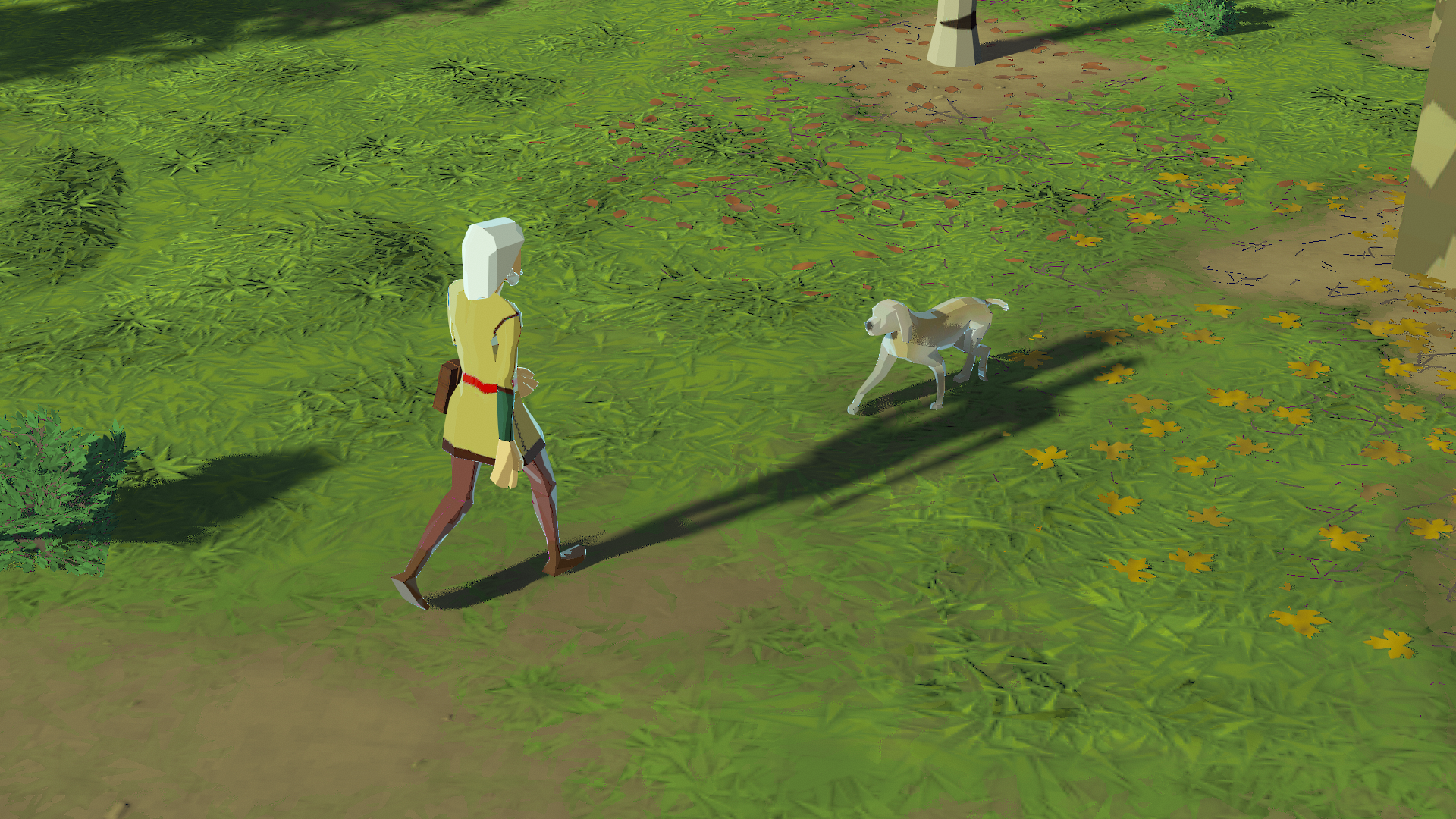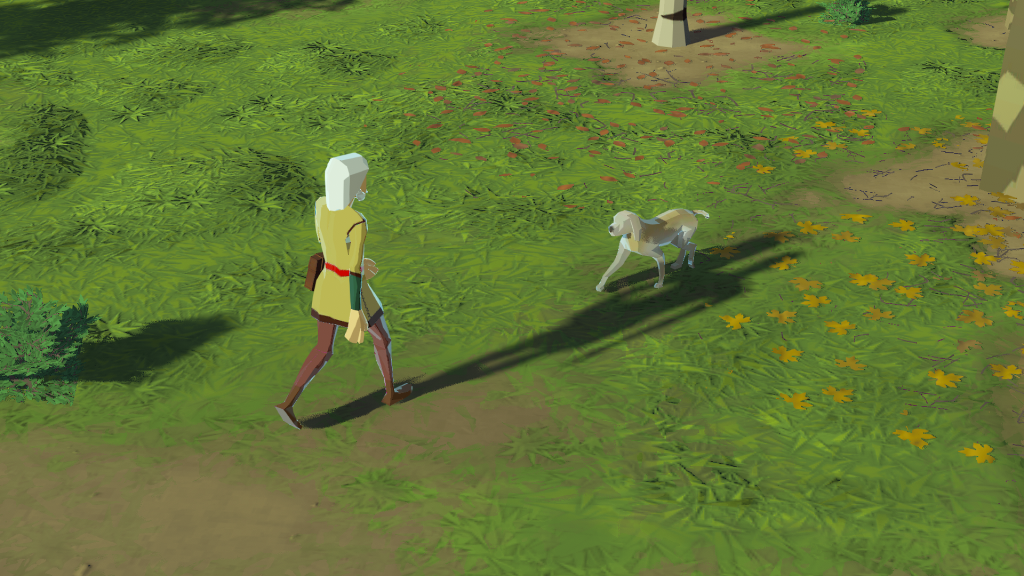Greetings, medievalists!
We talked about wild animals, now let’s do domestic ones. Look at (some of) them!
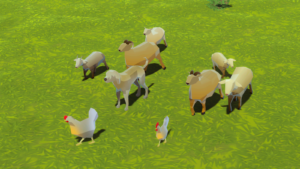
Domestic animals
Domestic animals can be bred (their offspring will be domestic), you can harvest their resources, they can be slaughtered for meat and/or be used for caravans (expanding weight size and giving you the option to sell that animal to another settlement. All wild animals can be domesticated, but that process may take a long time, depending on the animal.
Once animals are marked as Domestic, they will roam around your settlement. To keep them in a specific spot, you’ll want to create pens. Animal pens are created by building a fenced area and placing a “Pen marker” (new building type) inside it. When that’s built, your settlers will have to use roping to lead domesticated animals into pens.
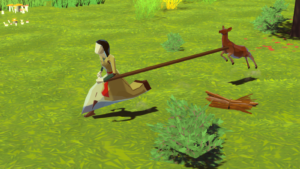
Roping is a part of the Animal Handling job type – this means taking a domestic animal to a place it needs to be: to a pen, to a caravan post etc. Because domesticated animals can’t go through doors by themselves, roping will be used to tie an animal to a settler so that way it can pass barriers that otherwise wouldn’t be possible. Think of it as a hook: 1. An animal is marked for roping, 2. Settler will go to the animal, 3. The animal will start following the settler. 4.Once the designated location has been reached, the settler will ‘unrope’ the animal and proceed to do something else.
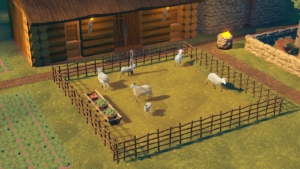
Pens will be safe zones for domestic animals in which they’ll roam and eat food, but keep in mind that not all animals can be in pens (cats, rats and such animals are not for pens, that’s just silly).
All domesticated animals provide some sort of harvest. Some will produce resources like wool, eggs and milk. Which type of resource and in what amount you’ll get from them will depend on the animal’s gender (For example: female cows will produce milk) and life’s phase (young cows can’t produce milk).
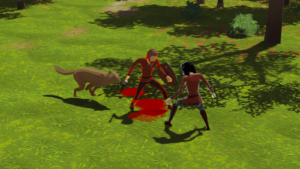
But that’s not all you can do – training domestic animals will turn them into pets… well, some of them. Pets can be assigned to settlers and help them in combat. They’ll also haul resources from time to time. Some animals will haul more often, while others will have bigger storage capacity. If you draft a settler that has a pet assigned to them, that pet will immediately go to them and follow them. How cool is that?
Pets can go through unlocked doors and will not need roping to pass through them. They’ll also roam freely around the settlement and engage with enemies if they are nearby.
Of course, everything about animals will be changeable within the game’s files which received a bit of reorganization and easier navigation for all you folks that want to experiment with crazy scenarios. We can provide more details about that in the next Medieval Monday Talk. Until then…
Stay medieval!
